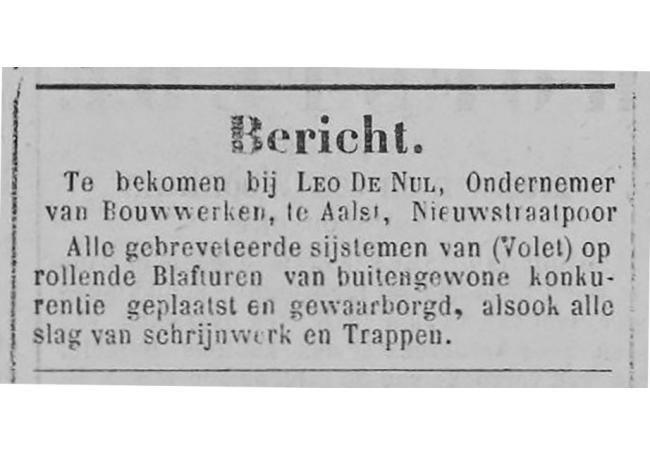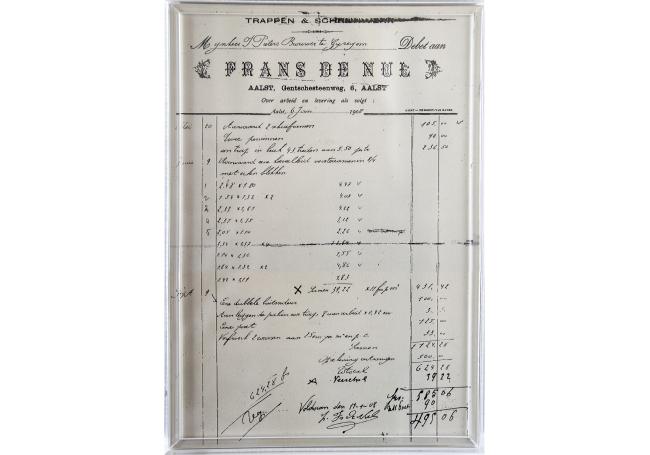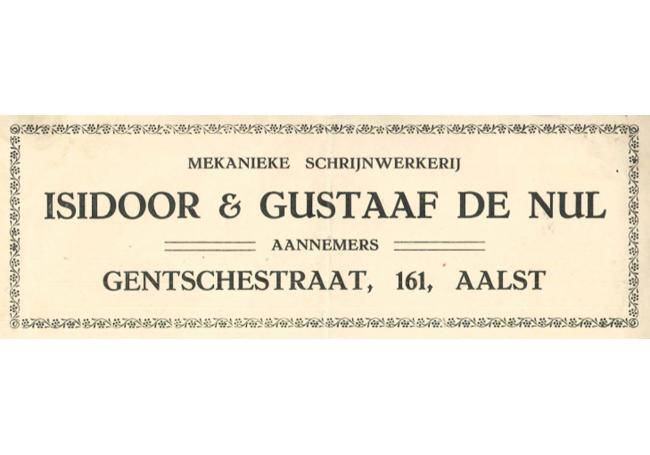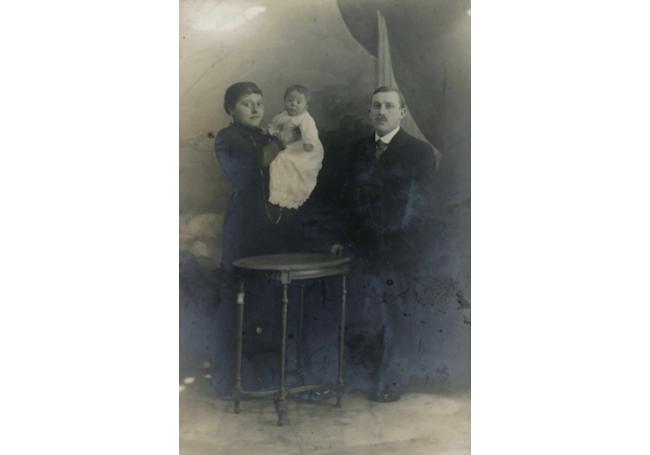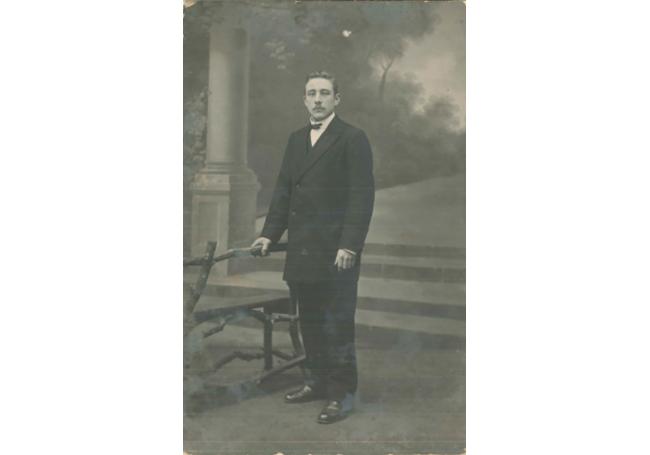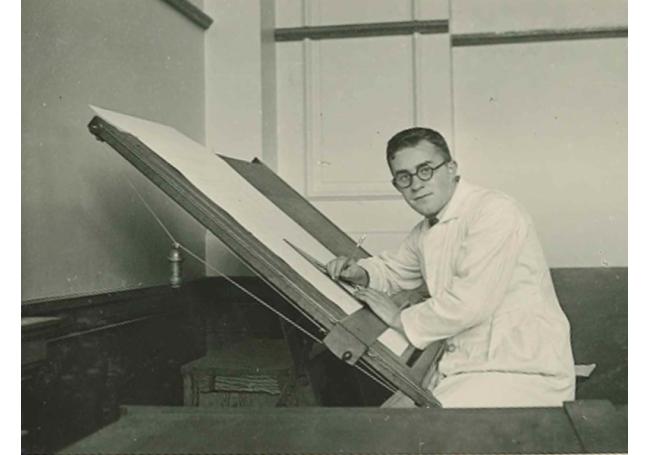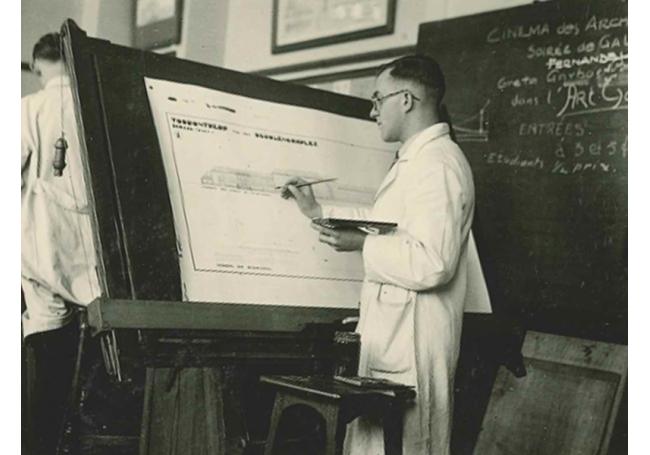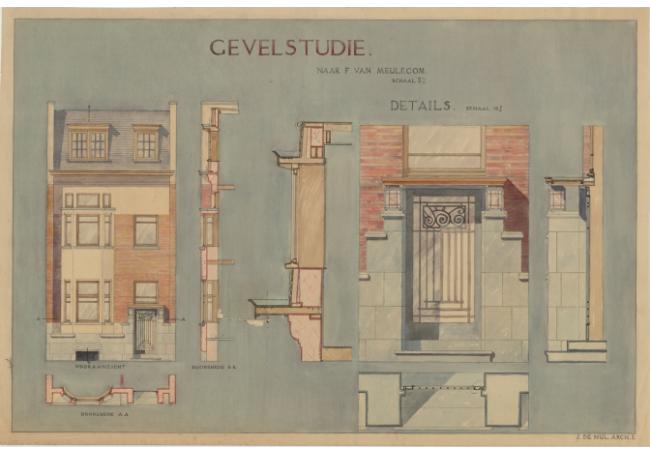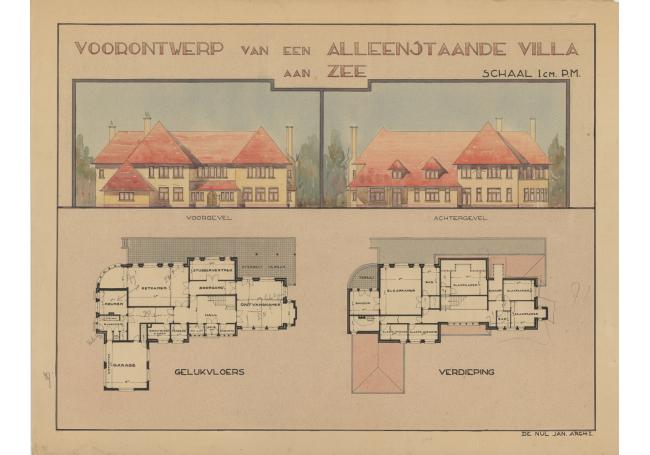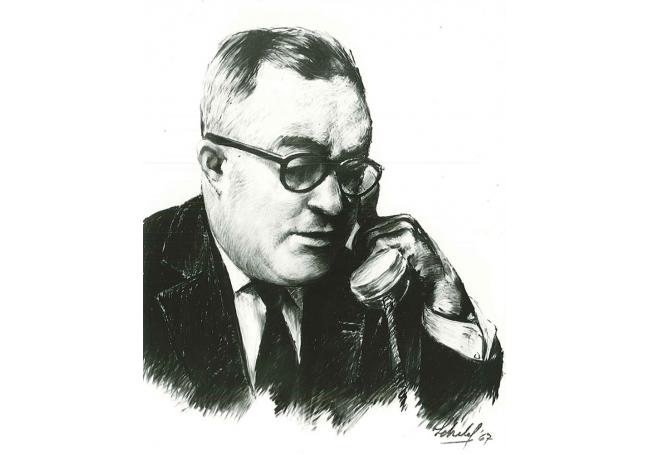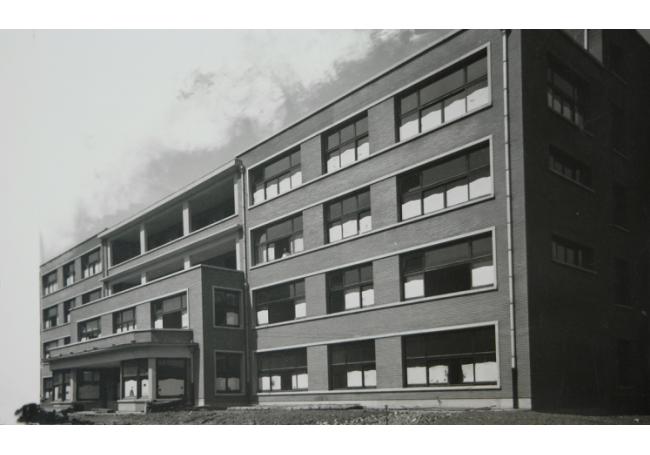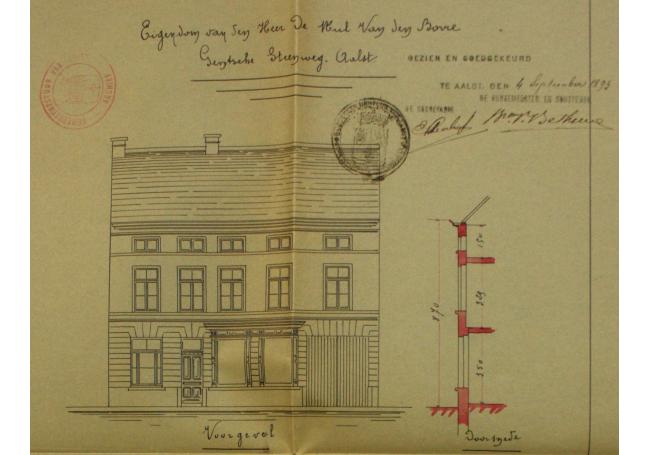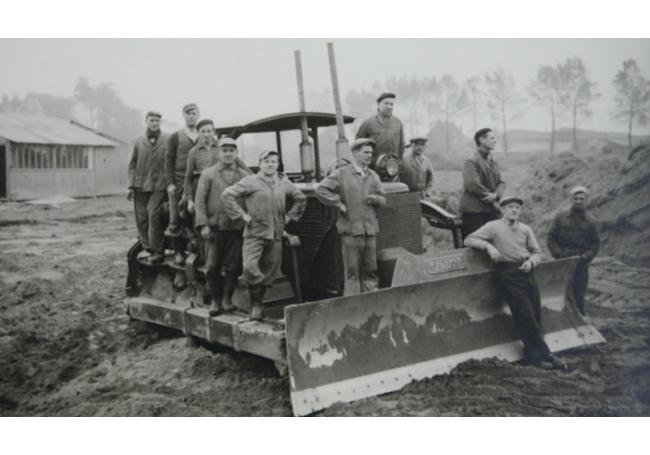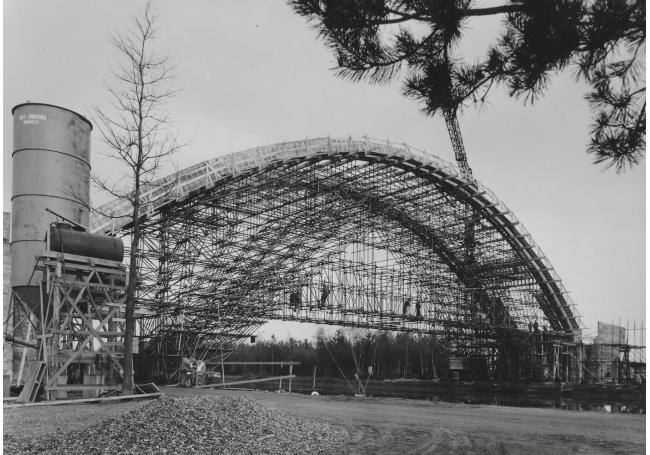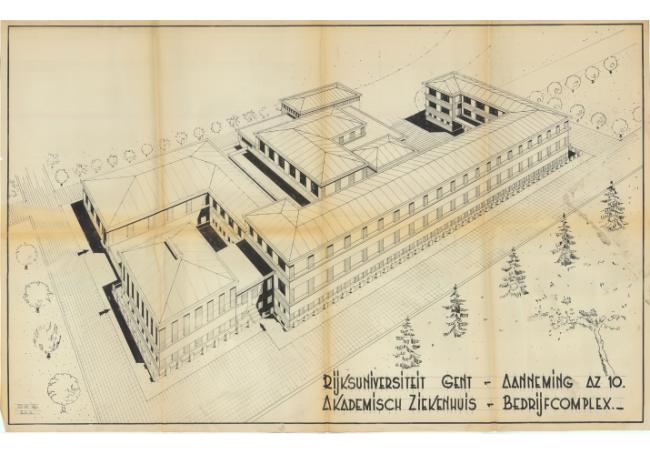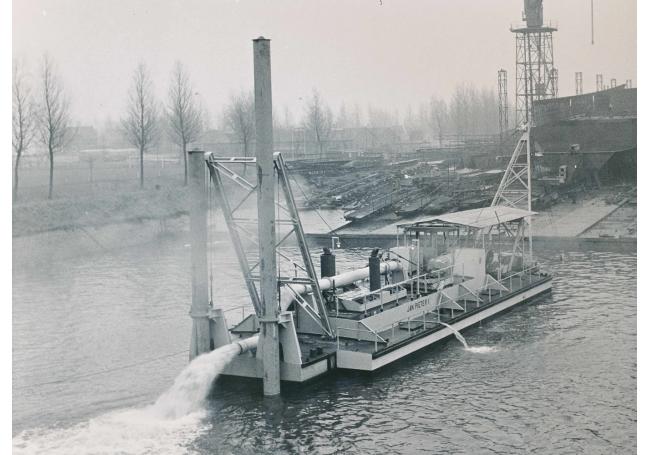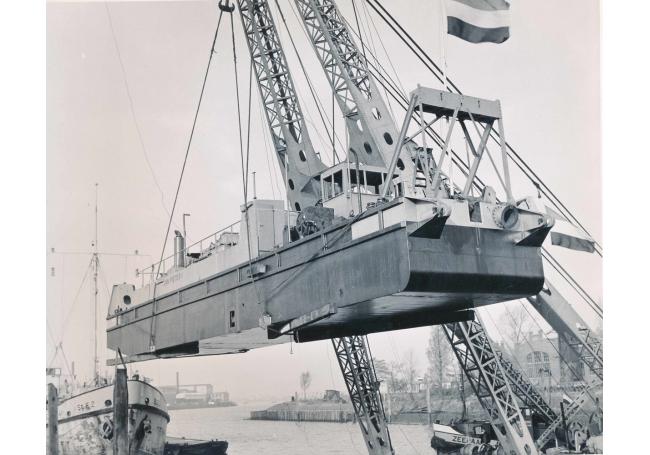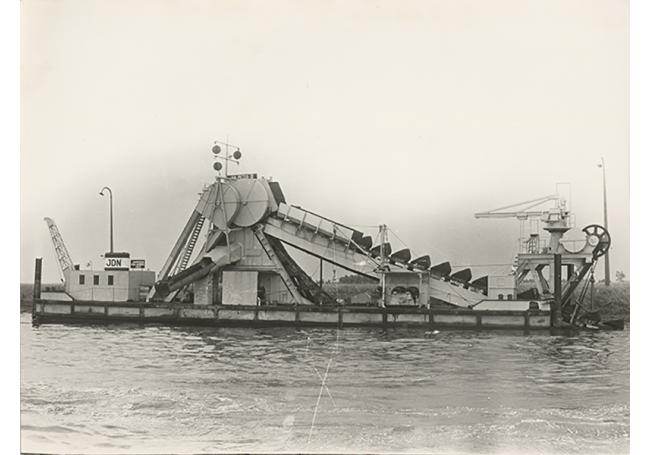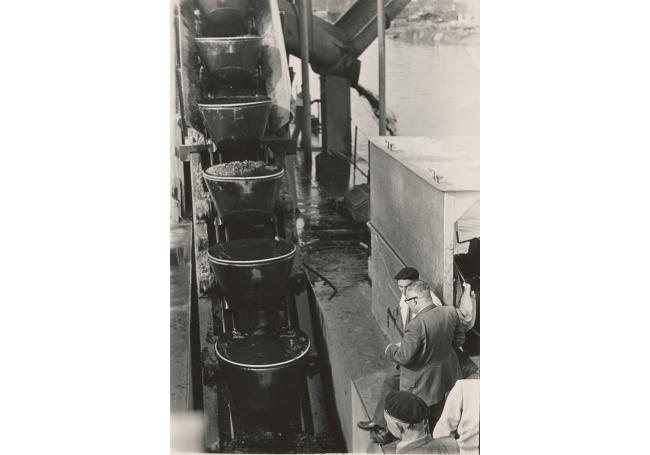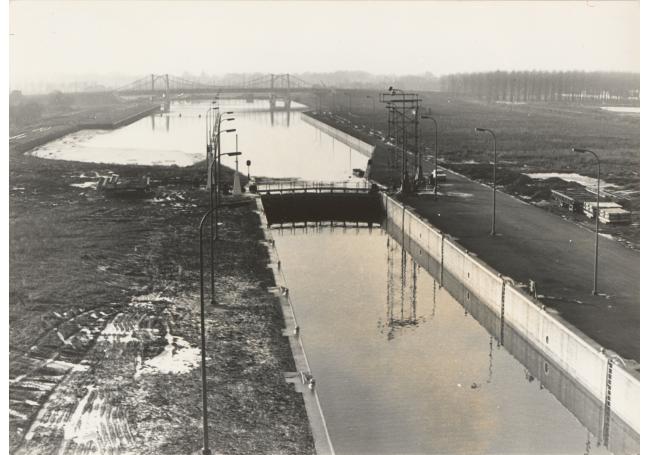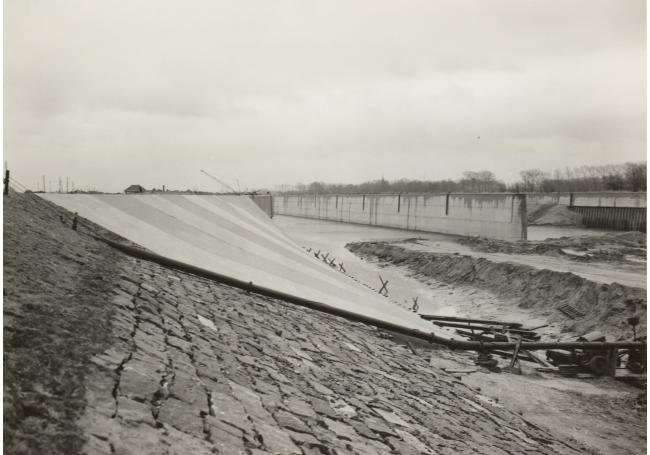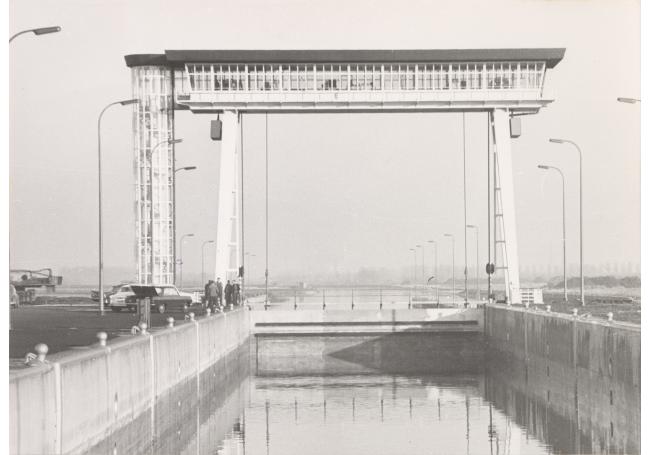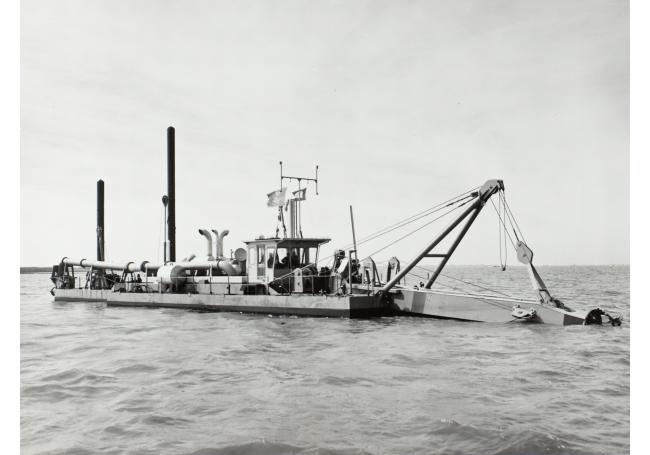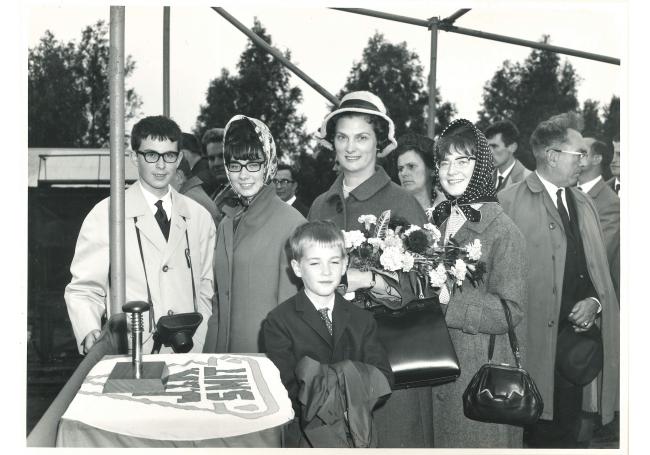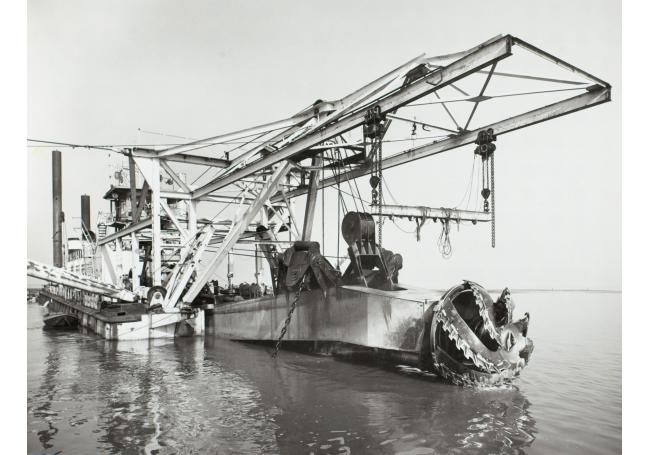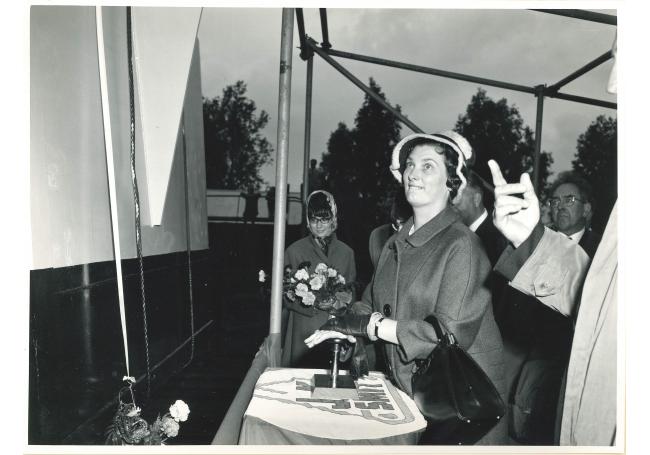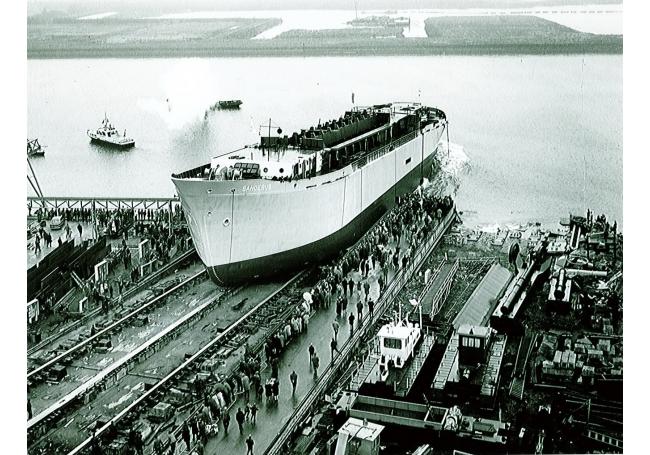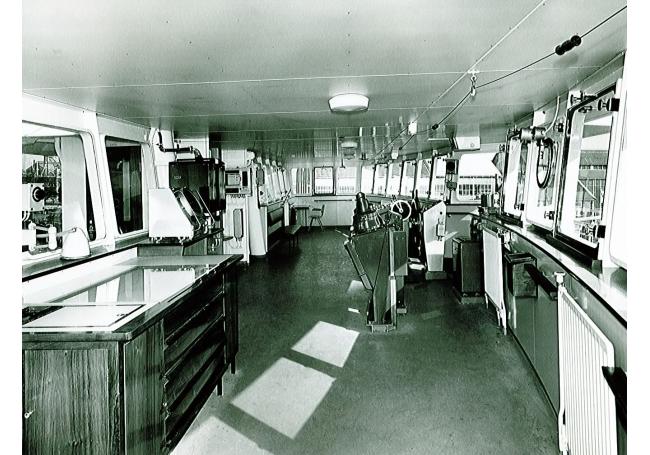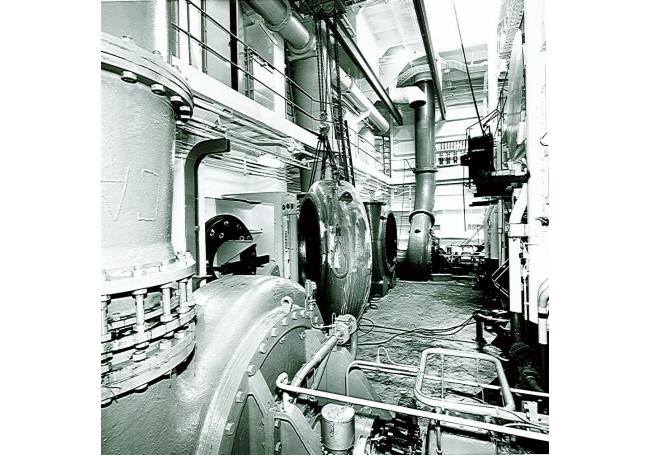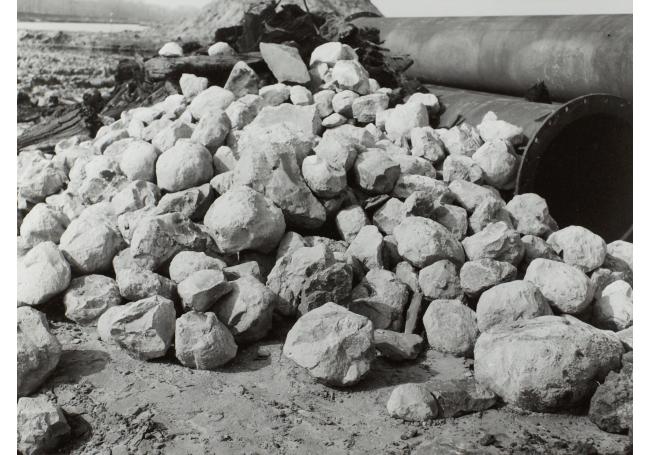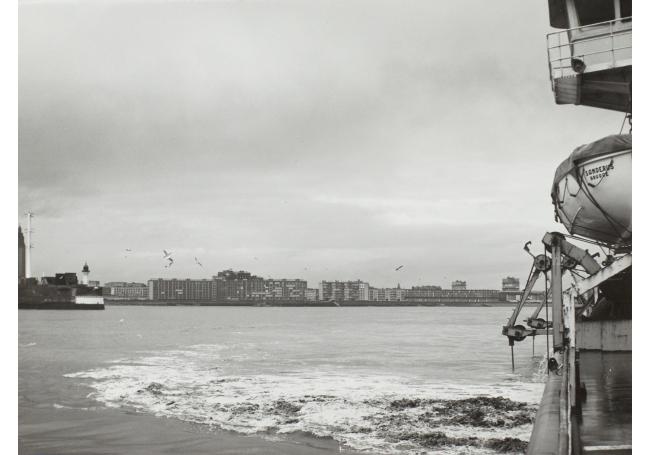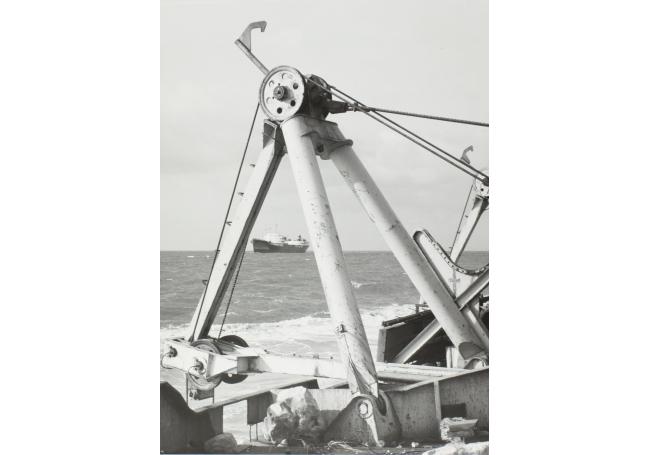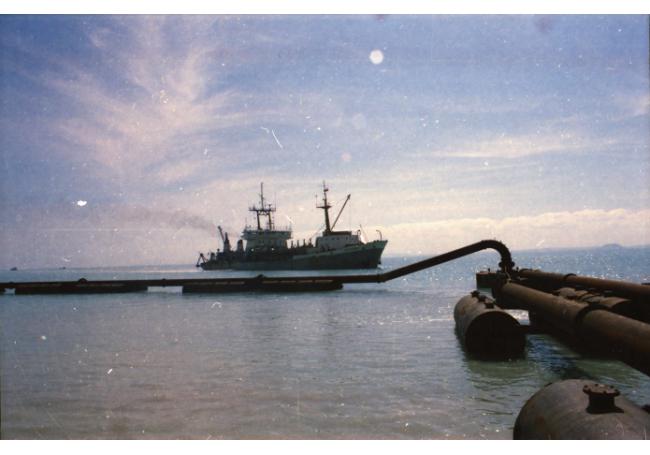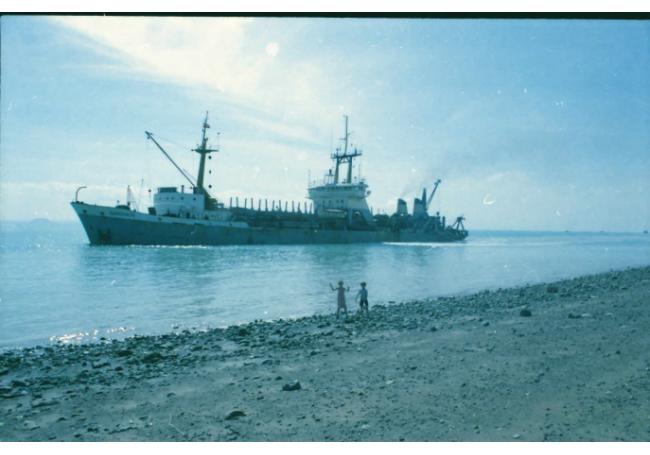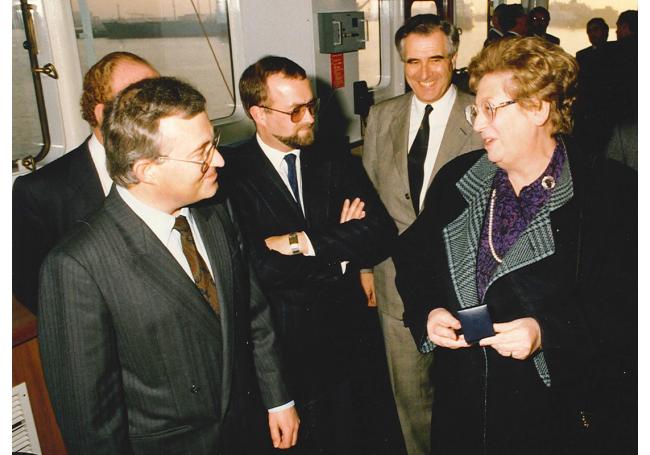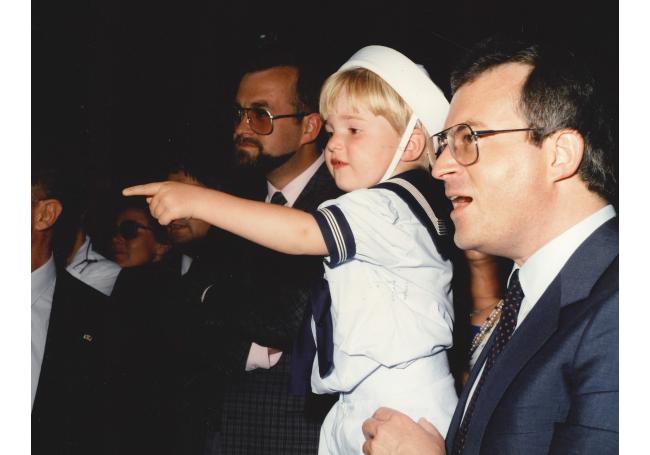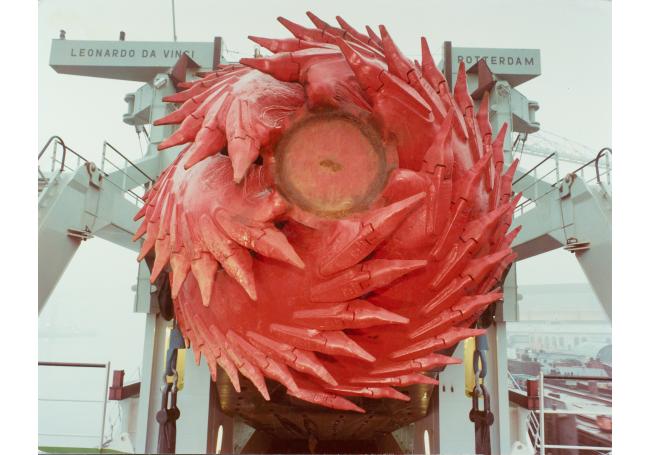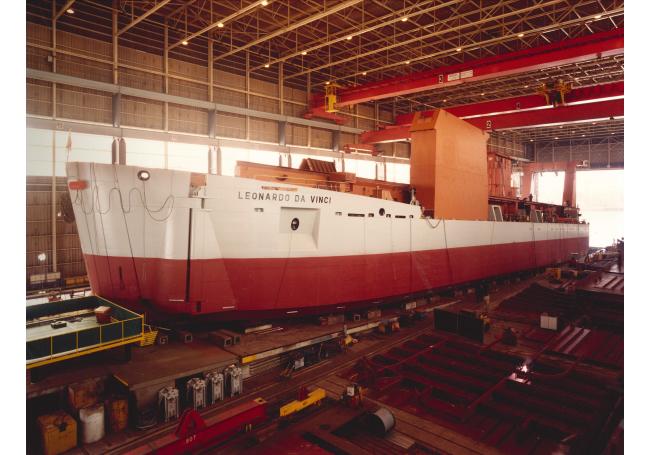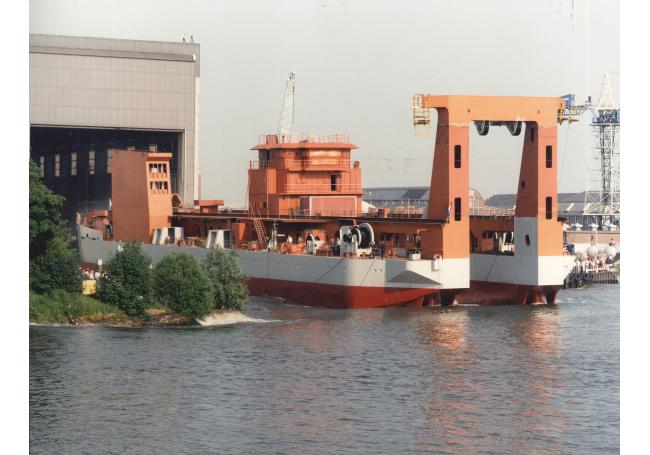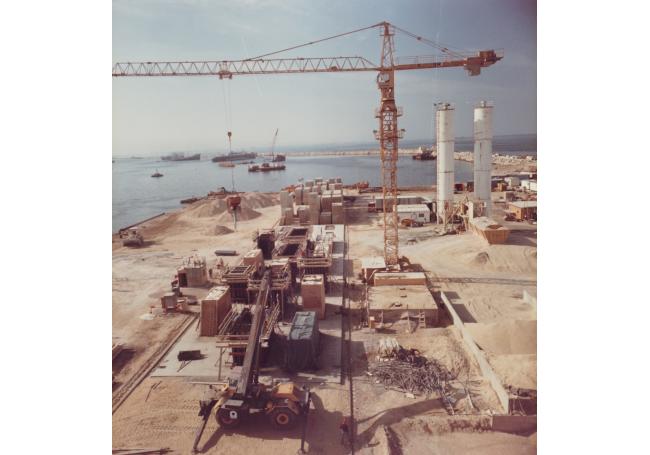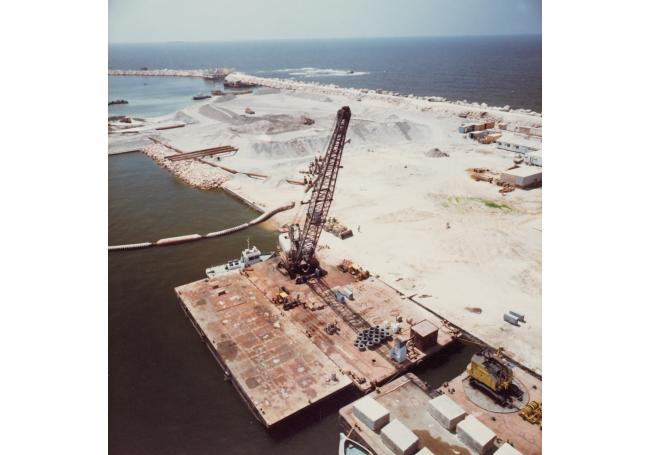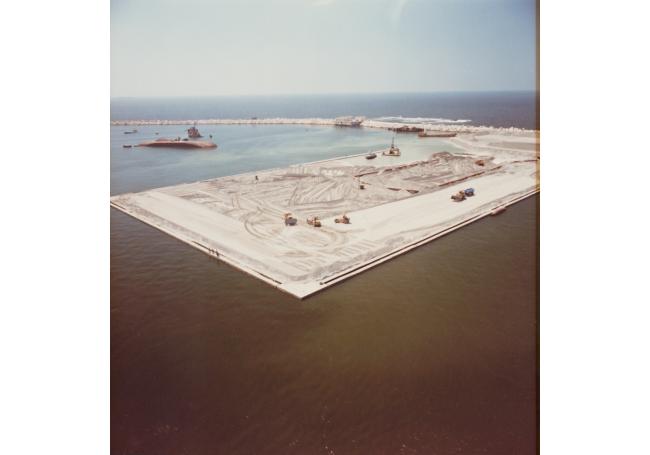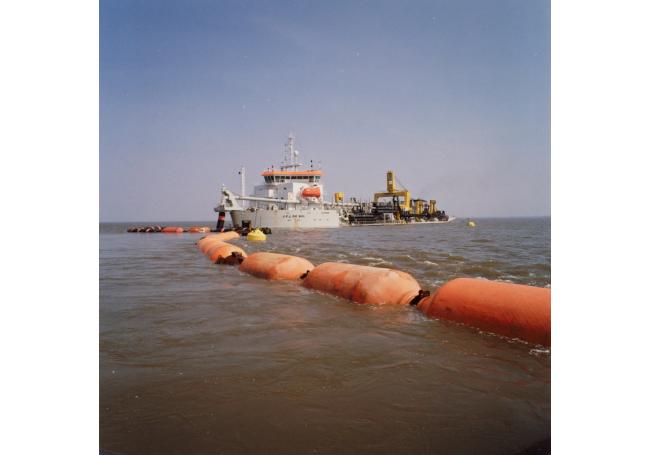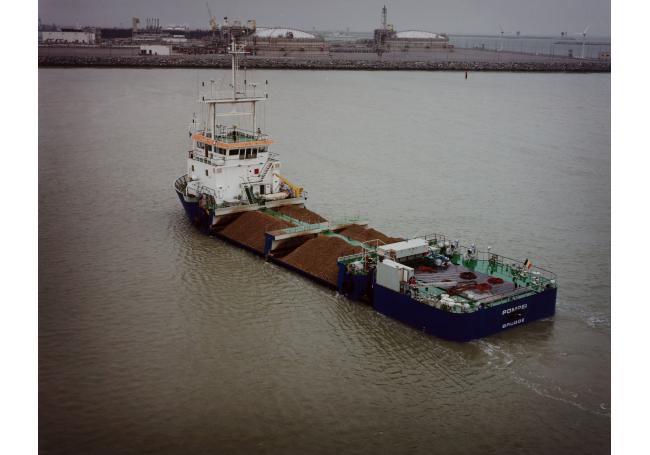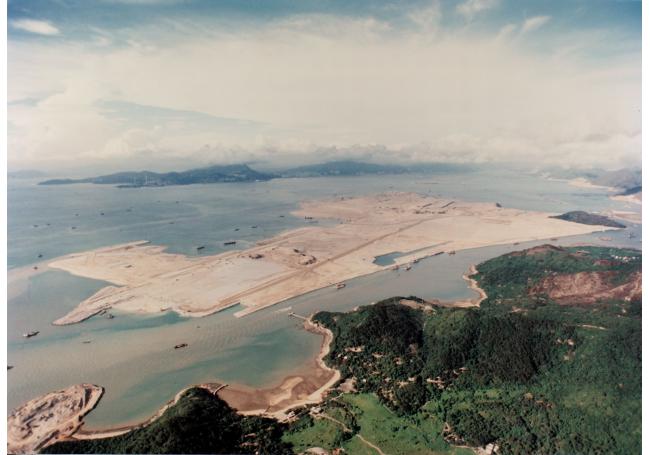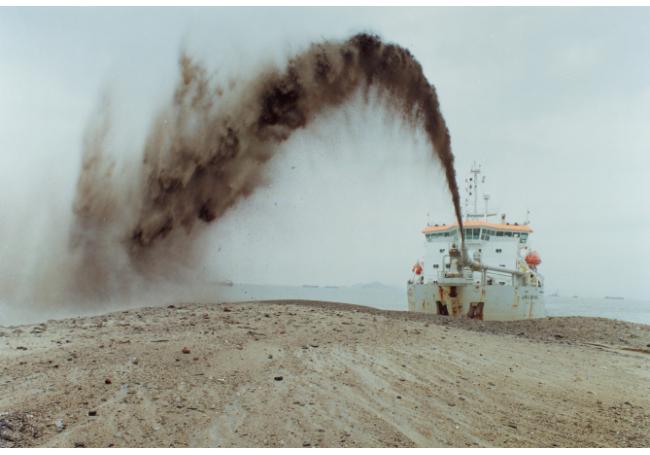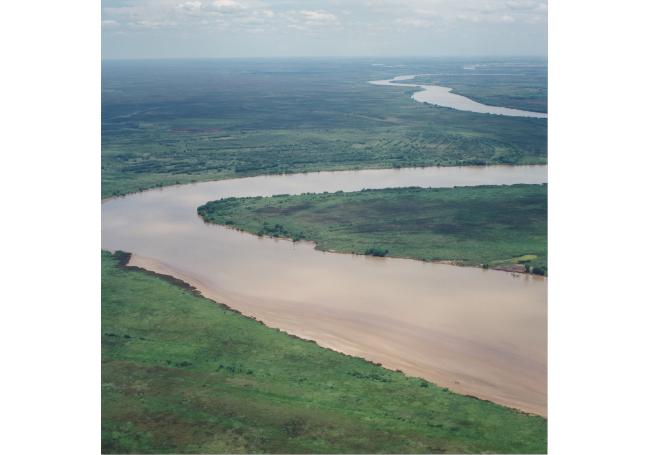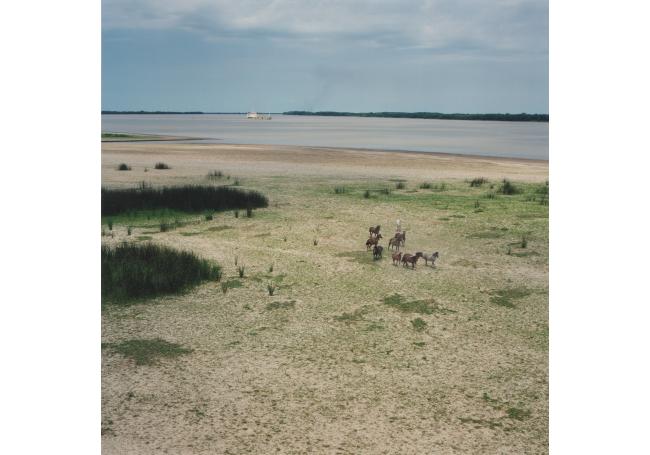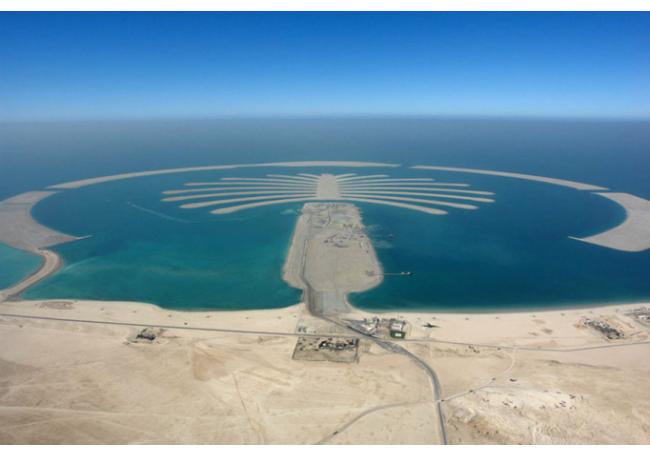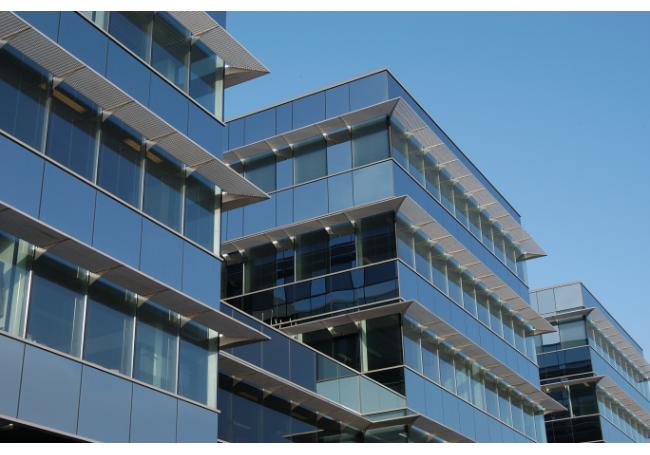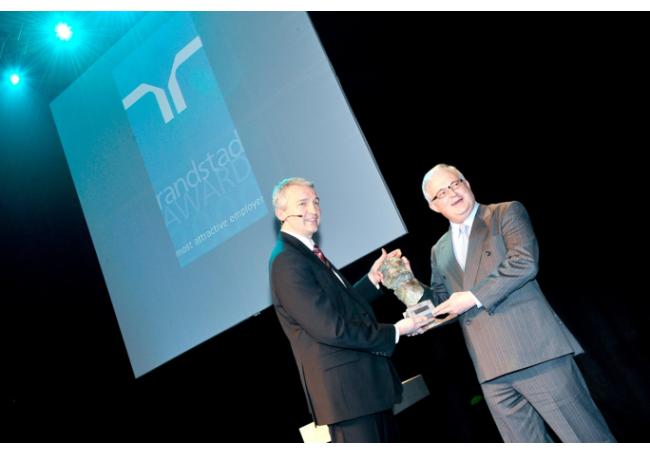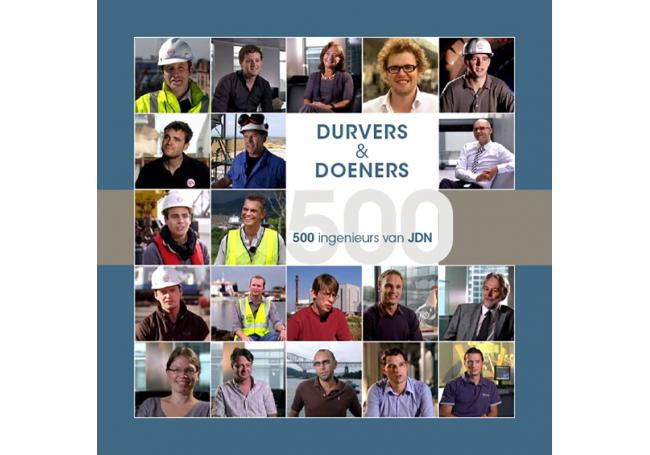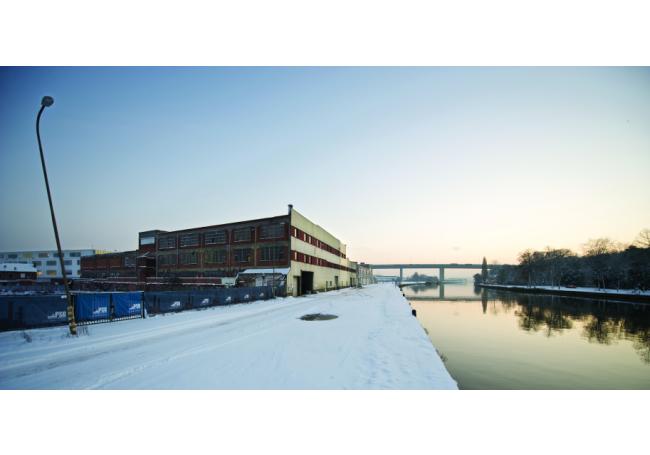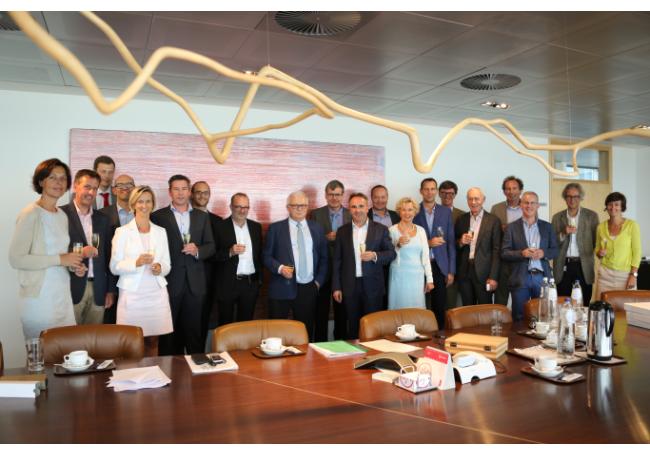Our history
Our story is one of six generations of entrepreneurs, who thrive through a particular way of doing things. And our goal is to be ready for what is coming.
We think in generations, not in quarters
In 1849, Leo De Nul is the first entrepreneur of the family. After him follow Frans, Isidoor, Gustaaf, Jan Frans Jozef, Jan Pieter, Dirk and Julie. Six generations building on each other’s work, investing in new talent, vessels, equipment, etc. With the goal to be ready for what is coming, whatever it may be. We are here to create a bright future for the next generations.
We like to step out of our comfort zone
What started as a one-man operation in ‘mechanical joinery and staircase manufacturing’ grew into a multi-activity business. In the 1950s, we execute our first dredging project. In the 1990s, we enter the offshore energy market. After that, our activities continue to expand with property development, specialised environmental works, and foundation techniques. And in 2012, we take a jump start in the renewable energy industry. Pushing boundaries is what we do.
We are originally from Belgium, but have a global view
Our story starts in the city of Aalst, near Brussels. But in the last sixty years, we have spread our wings. In 1968, Jan Frans Jozef De Nul executes our first project abroad – in Le Havre, France. Only five years later, Jan Pieter and Dirk go global. Today, our vast expertise in a variety of settings, as well as our eagerness to explore unchartered territory, remains a key strength.
Leo De Nul is the first entrepreneur of the family.
Hailing from a family of farmers, Leo (1828-1914) chooses for a different career. He sets up a business in Aalst as a building contractor and ‘qualified staircase manufacturer and joiner’. He is clearly a talented and skilled craftsman. In 1896, he is awarded with an Industry Medal “as a reward for the hard work and craftsmanship with which he has exercised his craft for so many years”. He passes on his craftsmanship to his three sons Frans, Livinus and Polydorus.
Frans De Nul follows his father Leo in his footsteps.
Frans (1853-1929) specialises in small-scale works such as the installation of windows, shutters and doors but isn’t afraid to take on more challenging works as well. He also gets a great many assignments to build houses.
Frans’ sons Isidoor and Gustaaf join the business at a young age, as of then renamed into “Frans De Nul & Zoons”.
Frans De Nul & Zoons in crisis during World War I.
Following the outbreak of the First World War, the family business goes through a few difficult years. The nine workers that are employed at the time all become technically unemployed. Fortunately, the economy picks up quite soon after the war. The joinery workshop is mechanised and expanded with additional employees.
Isidoor and Gustaaf De Nul take over the business.
The brothers Isidoor (1889-1970) and Gustaaf De Nul (1895-1985) continue the family tradition with their ‘Mechanical Joinery & Staircase Manufacturing Workshop Isidoor & Gustaaf De Nul’. They represent the third Jan De Nul generation. Like their father, they install stairs, windows and doors, but they also specialise in making chopping blocks for shoe factories and coffins.
Jan De Nul starts his civil engineering studies.
Isidoor’s eldest son Jan Frans Jozef (1914-1988) prepares himself for continuing the family business by following a civil engineering study. His interests mainly lie with architecture and civil engineering. Jan graduates cum laude in 1937 and immediately starts working in the construction industry, building houses that he designs himself.
Jan De Nul sets up the business PVBA Jan De Nul.
At the age of 24, he sets up, together with his father, the limited-liability company PVBA Jan De Nul, with the purpose ‘to execute all types of public and private works’. He already represents the fourth generation continuing the family business. He immediately wins a major contract: the construction of a civil hospital and monastery in Ninove.
Move of head office to the Tragel site in Aalst.
After having worked a few years from the workshop in the Gentsestraat in Aalst, where also his grandfather Frans and his father Isidoor had their business, it is time to expand. Jan De Nul purchases the buildings of the Monckarnie factory at Tragel 27. It is the first purchase in a long series. Over the years, the Tragel site will be gradually expanded to the north, east and south.
Increase of scale after World War II.
After the difficult war years, the company’s activities are resumed at a bigger scale. Jan De Nul focuses on a wide range of civil works: the construction of buildings, roadworks and the execution of dry earthworks and engineering structures. An important project in this period is the construction of the business complex of the academic hospital, which is still a part of today’s University Hospital of Gent.
Jan De Nul enters the dredging industry.
In 1951, Jan De Nul submits its first tender for a dredging project, i.e. the reclamation of 530,000 m³ of dredged materials for the highway Brussels – Ostend. We win the contract and immediately order our first cutter suction dredger. Jan names the ship after his eldest son: Jan Pieter I. The cutter suction dredger is 45 m long and 8.2 m wide, has a suction depth of 10 metres and is able to produce 350 m³ per hour.
Widening and deepening the canal Gent-Terneuzen.
The first large-scale dredging works of Jan De Nul are executed in the area of Gent. During the works at the canal Gent-Terneuzen, we dredge no less than 16.5 million m³. The dredged material is used for reclaiming the embankments, which will enable the creation of new industrial sites. To conclude the project, Jan De Nul creates 10 km of bank protection and builds a 300-metre quay wall.
Expansion and diversification of the fleet.
Jan De Nul rapidly invests in diverse dredging equipment. Within a few years, the fleet is expanded with the barge unloading dredger Jan Pieter II, bucket dredger Jan Pieter III and cutter suction dredger/barge unloading dredger Dirk I (named after Jan’s youngest son). The picture shows the bucket dredger Jan Pieter III. The buckets have 415 litre capacity, the dredger fills 16 to 24 buckets per minute.
Construction of Ring Canal in Gent.
This large-scale and prestigious contract includes both dredging works and the construction of bridges and locks. The bulk of the excavation works are executed by our vessels Willem Blaeu and Peter Plancius. These cutter suction dredgers can be dismounted, which is a major asset for this project. They are transported over land to the different sections of the canal to be dredged.
Baptising of our cutter suction dredger Mercator by Jeannine De Ryck.
The investment in a modern and high-tech fleet is a constant factor in the story of our company and one of the keys to our success. In 1963, Jeannine De Rijck, Jan De Nul’s wife, baptises the cutter suction dredger Mercator. Jan De Nul is a real family business. Also the four children of Jan & Jeannine are involved from a young age.
Expansion of activities towards our neighbouring countries.
In the 1960s, plans are made to operate on an international scale. With the purchase of the Sanderus, a trailing suction hopper dredger of 5,000 m³, Jan De Nul resolutely aims at the further expansion of the business. Initially, the market penetration is limited to the Netherlands, France, England and Germany. Jan De Nul deliberately chooses to gain experience in the neighbouring countries before taking risks in more remote areas.
Deepening the access channel in the port of Le Havre.
After its delivery, the new trailing suction hopper dredger Sanderus is immediately deployed for Jan De Nul’s first mission abroad: dredging the 12-km access channel to Le Havre. In two years’ time, the Sanderus dredges over 13 million m³ of the infamous ‘Banc d'Eclat’. Nobody had ever dared to dredge sand containing such large quantities of rocks with a trailing suction hopper dredger.
Expansion of activities towards Asia.
In the 1970s, Jan De Nul starts working in the ports of Tripoli (Libya 1972) and Bandar Abbas (Iran 1976). In this period, major infrastructure projects are executed that will completely change the appearance of the Middle East. Jan De Nul is a serious competitor for these mega-projects and is, apart from Iran and Syria, mainly active in Abu Dhabi and the Seychelles.
Jan Pieter De Nul is appointed as managing director.
After having successfully completed his civil engineering study, Jan Pieter starts working in the company of his father Jan. Over the years, he gains extensive practical experience on large-scale project sites in France, Libya and Iran. In 1978, he is appointed managing director, which brings the fifth De Nul generation at the head of the family business.
Dirk De Nul is appointed as director.
Like his older brother, Dirk took in the tricks of the trade with his mother’s milk. Ever since his early childhood, he visited project sites together with his father and saw dozens of vessels being launched. Later on, he also gained experience in Iran.
Together, Jan Pieter and Dirk expand the business and develop Jan De Nul into one of the world’s leading dredging companies.
The world’s largest self-propelled rock cutter suction dredger is launched.
Leonardo Da Vinci, the world’s largest self-propelled rock cutter suction dredger joins our fleet. Julie De Nul, Jan Pieter’s daughter, is the ship’s godmother. This mastodon can immediately prove its enormous capacities while dredging extremely hard rock in the access channel and turning basin for an LNG port in Karratha in Northwest Australia.
Worldwide expansion.
The expansion continues. In the 1980s, Jan De Nul is not only active in Europe and Asia, but also in Australia, America and Africa. Thanks to our high-tech fleet, we can master projects in virtually all corners of the world. In Mexico, we execute dredging works in the ports of Manzanillo, Coatzacoalcos and Playa del Carmen. In Alexandria (Egypt), we build a ship lift and dry dock.
We order the world’s largest trailing suction hopper dredger.
We stubbornly continue reinvesting the profit in our business: in 1990, we order a trailing suction hopper dredger of 11,750 m³ with a deadweight capacity of 17,300 tonnes. It is at that time the world’s largest trailing suction hopper dredger. Jan Pieter and Dirk decide to name the vessel JFJ De Nul, after their father who died two years earlier.
Jan De Nul executes its first offshore project.
Statoil’s Sea Pipe Development Project requires the installation in the North Sea of a 1300-km pipeline to transport gas from Norway to several European countries. Jan De Nul is responsible for dredging and backfilling the trenches and shore approach of the pipeline in Zeebrugge. It is our first offshore project.
Chek Lap Kok, the biggest dredging contract of the 20th century.
As the main contractor, Jan De Nul is responsible for the reclamation works for the new airport of Chek Lap Kok in Hong Kong. The contract will go down in history as the biggest dredging contract of the 20th century. For Jan De Nul, Chek Lap Kok is the start of a whole series of successful projects. This didn’t go unnoticed in our home country either: in 1992, Jan De Nul is awarded with the Belgian Export Oscar.
In Argentina, we start our longest-running project.
The concession for capital and maintenance dredging works in Rio Parana and Rio de la Plata (Argentina) is awarded to Jan De Nul. This project enables Jan De Nul to create an operational base and even a home market in Argentina, from which the whole of Latin America can be covered. It will become our longest-running project site, going on up to this very day.
Environmental subsidiary Envisan is integrated in Jan De Nul Group.
During the execution of dredging and civil excavation works, we are increasingly confronted with environmental pollution issues. With Envisan, which specialises in redeveloping landfills and realising soil remediation projects, we acquire crucial expertise in this domain. It is the first acquisition of Jan De Nul, which until then had expanded through a strong organic growth only.
First major international environmental works project in Zagreb.
The expertise and experience of Envisan are a blessing for a major environmental project in Croatia. In this project, Jan De Nul is responsible for the relocation of the existing 200-acre landfill for household waste and the construction and running of a new landfill on the same site. The works include the installation of a soil barrier, setting up a gas management system and installing gas turbines for the production of electricity.
Construction of Palm Island II in Dubai.
Jan De Nul is awarded the contract for the reclamation works for the offshore construction of an artificial island in the shape of a palm tree. The island consists of a road of several kilometres (the trunk) and a crown of 17 small islands (the branches). It is protected by a crescent-shaped breakwater, for which we also directly carry out the rock revetment works.
Extension of our offices in Hofstade near Aalst.
The continuous growth of the business and the rapidly expanding workforce cause a lack of space in the offices. In 2005, we complete a major extension of our offices in Aalst. We realise a new office building with a considerably lower energy consumption next to the company’s existing offices, including the integrated merger of the existing and new structure.
Jan De Nul receives the Award for Most Attractive Employer.
Temporary employment office Randstad asks 10,000 Belgian citizens between the age of 18 and 65 about their opinion on Belgian employers: for which company would you like to work and what makes this company so attractive to you? The result of this survey: Jan De Nul emerged as most attractive employer. We ended first in terms of job security, future perspectives and the work/private life balance.
Jan De Nul engages its 500th engineer.
Not many companies employ as many engineers as Jan De Nul. For young engineers and highly skilled professionals, Jan De Nul is a coveted employer. Every new engineer starting to work for Jan De Nul follows an intensive training programme. We make use, amongst other things, of simulators that mimic difficult real-life situations to prepare them for the technical, logistic and administrative challenges of dredging works.
PSR is integrated in Jan De Nul Group.
PSR was founded in 1999. As one of the first private developers in Belgium, they specialised in remediating, reallocating and redeveloping brownfields. The successful redevelopment of some complex sites in Gent and Vilvoorde laid the foundations of their expertise and integrated project approach. As such, PSR is a great addition to Jan De Nul’s existing environment division.
Soetaert NV is integrated in Jan De Nul Group.
Jérôme Soetaert incorporated the Ostend company Algemene Ondernemingen Soetaert N.V. in 1992. The company is specialised in hydraulic and civil engineering works, road construction, sheet piling and foundation works. Soetaert’s expertise in complex foundation techniques was a decisive factor for proceeding with the acquisition. These activities fit in seamlessly with the civil division of Jan De Nul Group.
New trailing suction hopper dredgers equipped with ultra-low emission system.
JDN orders three new trailing suction hopper dredgers. These vessels will be ULEVs or ultra-low emission vessels and are equipped with a clever filter system that treats exhaust gases and prevents the emission of nanoparticles. By applying this technique to our newly built vessels, we are an absolute trendsetter and set an example within the marine sector.
